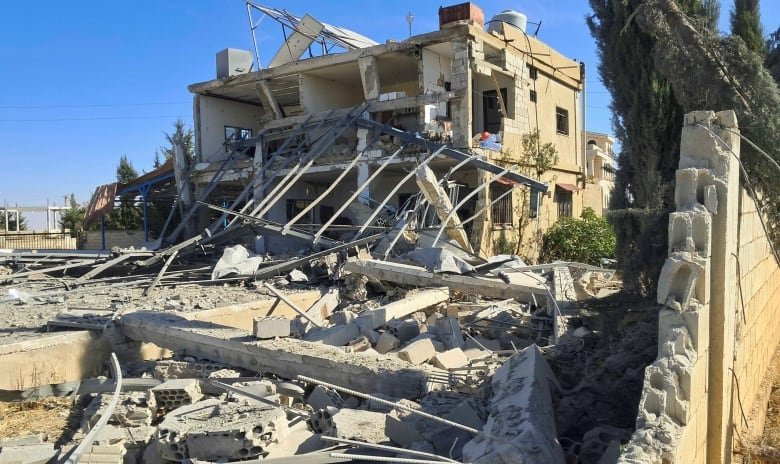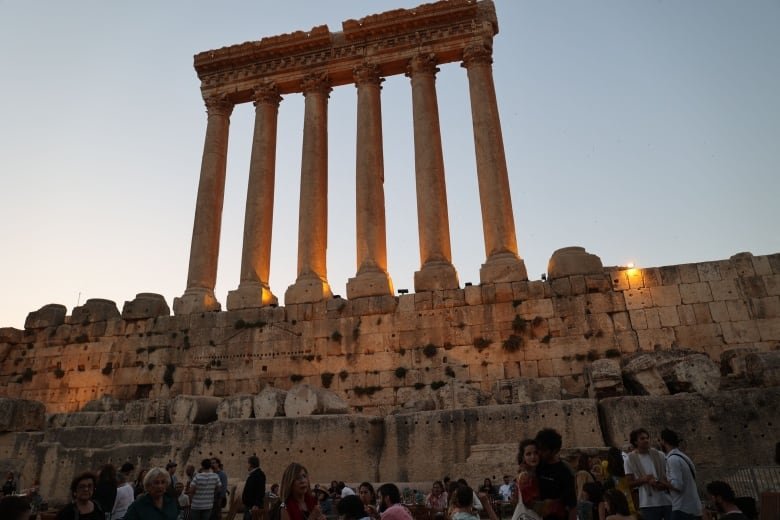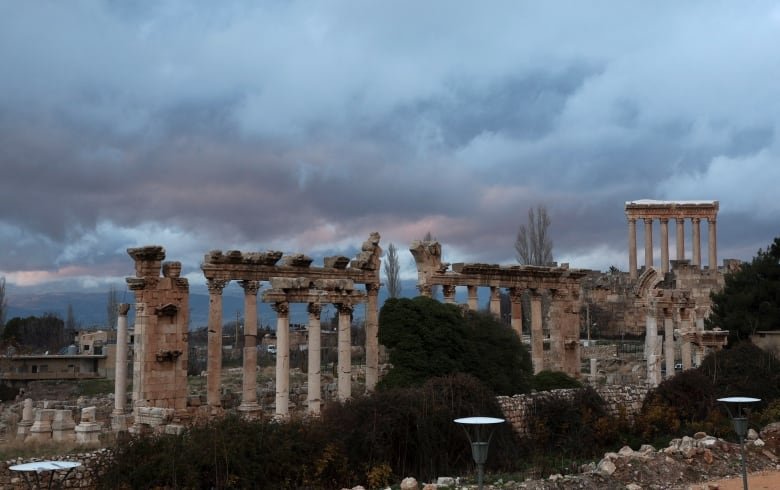
Israel has ramped up bombing in the historic Lebanese city of Baalbek, famed for its Roman temples, following an evacuation warning for 400,000 people in the city and nearby regions.
Israeli forces and Lebanon’s armed group Hezbollah have been exchanging fire for more than a year in parallel to the Gaza war, in the deadliest escalation since the major war they fought in 2006.
On Wednesday, Israel began heavy airstrikes on Baalbek and surrounding villages in the eastern Bekaa region, following an evacuation warning for the city and its outskirts.
Tens of thousands of mostly Shi’ite Muslim Lebanese, including many who had sought shelter in the city from other areas, fled after the warning was issued.
The city is home to ancient Roman ruins, and is also an important agricultural and transport hub for Lebanon, with the UN on Wednesday urging to put an end to the destruction of cultural heritage that can never be replaced.
Why Baalbek is a target
The Baalbek region is known to be a political stronghold of Hezbollah, the Shi’ite Muslim group which is backed by Iran.
Following the evacuation order, Bilal Raad, regional head of the Lebanese civil defence, told Reuters the largely volunteer force had been calling on residents to leave via megaphones after receiving phone calls from someone identifying themselves as being from the Israeli military.
“People are all over each other, the whole city is in a panic trying to figure out where to go, there’s a huge traffic jam,” he said ahead of the bombardment.
Some of the areas to which they are fleeing are already full of people displaced earlier by the Hezbollah-Israel conflict.
Antoine Habchi, a lawmaker representing Christian-majority Deir al-Ahmar to the northwest of Baalbek, told Reuters more than 10,000 people were already sheltering in homes, schools and churches.
Lebanon’s Health Ministry said that Israeli strikes killed 19 people including eight women in two towns in the Baalbek region on Wednesday.

Historical significance of Baalbek
Over the centuries, Lebanon has seen the rise and fall of empires, from the Persians to the Ottomans and Byzantines.
The city which has been a bustling tourist attraction thanks to its historical significance, has been a vital trade centre, connecting the East and West.
Initially a Phoenician settlement dedicated to the worship of the deity Baal, Baalbek was known as Heliopolis. Then with the arrival of Alexander the Great and subsequent Hellenistic rule, the city experienced a fusion of Greek architectural elements.

The name “Baalbek” is derived from “Baal,” which means deity, and “Bek/Bekaa,” which refers to the Bekaa Valley, reflecting both religious and geographical significance.
The city, which was designated as a UNESCO World Heritage Site in 1984, is home to some of the best-preserved Roman temples.
The 11,000-year-old Phoenician city became one of the most celebrated sanctuaries of the ancient world with pilgrims flocking to the city to worship at the temples of Jupiter, Bacchus and Venus, known under the name of the Romanized Triad of Heliopolis.
Risk to Lebanon’s historical sites
Since the start of the offensive, concerns for Lebanon’s historic sites have grown.
The UN urged the protection of cultural heritage sites on Wednesday.
In a post on social media platform X featuring the Temple of Jupiter at Baalbek, UNESCO “recalls to all parties their obligation to respect and protect the integrity of these sites. They are the #heritage of all humanity and should never be targeted.”
Lebanese Culture Minister Mohammad Mortada had also written to UNESCO asking that urgent international steps be taken to protect Lebanese cultural sites.
The 1954 Hague Convention for the Protection of Cultural Property in the Event of Armed Conflict calls for protection of cultural property such as archaeological sites and monuments of architecture in times of peace as well as during an armed conflict.
The commitments made by the 82 state parties of the convention include “marking certain important buildings and monuments with a distinctive emblem of the convention.” The convention’s emblem is a famous blue shield, known internationally as the Blue Shield, as specified in the 1999 Second Protocol to the 1954 Hague Convention, which the Lebanese Parliament ratified in 2019.
